Nestled in the southwestern region of Bangladesh, the historical Tour to Bagerhat stands as a testament to the rich Islamic heritage of the Bengal Sultanate. This remarkable UNESCO World Heritage Site, designated in 1985, offers visitors an extraordinary journey through 600 years of history, architectural brilliance, and cultural significance that continues to captivate travelers from around the world.
The Magnificent Legacy of Khan Jahan Ali
Bagerhat‘s history dates back to the 15th century, where it is most famously associated with Khan Jahan Ali. He was a legendary Muslim saint and administrator who developed the dense mangrove forests of the Sundarbans area into a bustling settlement and architectural ensemble that has managed to survive several centuries. Today, Bagerhat is characterized by the many mosques, mausolea, and pieces of infrastructure developed during his time.
Khan Jahan Ali, spearheaded an urban planning masterpiece where his succinct respect for religious structures and composite civil engineered options allowed for advanced water management options throughout the site that serviced everyone‘s daily lives while also beheld the sacred nature of the site.
Architectural Marvels: The Heart of Bagerhat’s Heritage
Sixty Dome Mosque (Shat Gombuj Masjid)
The Sixty Dome Mosque, or Shat Gombuj Masjid, is the crown jewel of Bagerhat. Built of brick in the 15th century, it epitomises the architectural style of the time, as well as the unique building traditions that evolved during the Bengal Sultanate period. Contrary to its name, the mosque has 77 domes and is an incredible display of the mathematical precision and artistic genius of medieval Islamic architecture.
The interior of the mosque is over 60 pillars, so the prayer rooms available could accommodate hundreds of worshippers. The walls are very thick – almost 2.5 meters – and allowed for clever ventilation solutions, illustrating both an awareness of the local environment and a commitment to designing comfortable spaces for worship.
Khan Jahan Ali’s Tomb Complex
The mausoleum of Khan Jahan Ali serves as both a spiritual center and an architectural marvel. This single-domed structure houses the tomb of the great saint and continues to attract pilgrims and history enthusiasts alike. The complex surrounding the tomb includes several other significant structures, each telling a unique story of the region’s Islamic heritage.
Nine Dome Mosque and Other Sacred Structures
The Nine Dome Mosque, another architectural gem within the complex, exemplifies the refined taste and spiritual devotion of its creators. Its elegant proportions and intricate decorative elements provide insight into the artistic traditions that flourished under Khan Jahan Ali’s patronage. Additional structures, including the Chunakhola Mosque and various smaller shrines, collectively create a comprehensive picture of medieval Islamic architecture in Bengal.
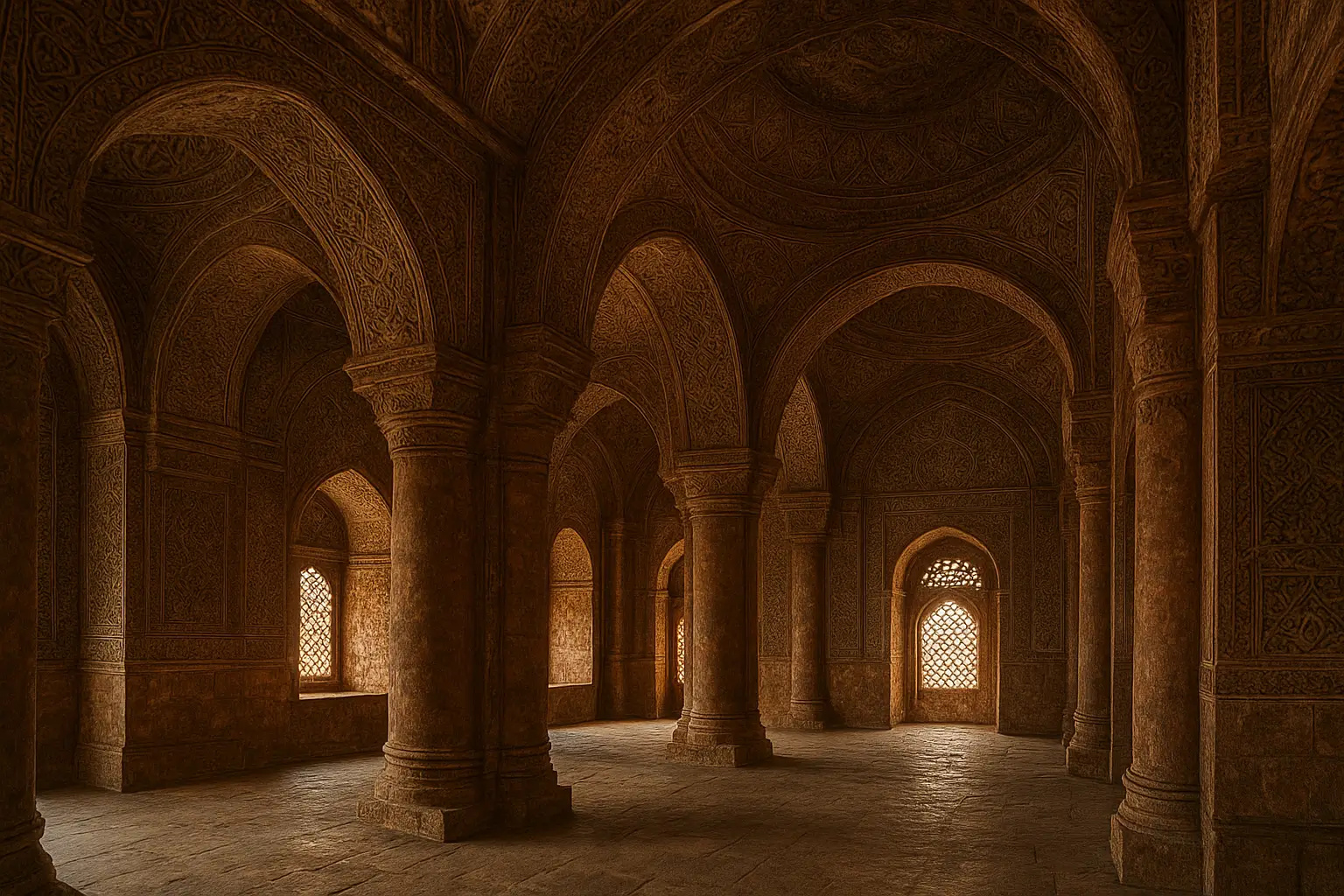
Exploring the UNESCO World Heritage Experience
A visit to Bagerhat offers more than just architectural appreciation; it’s a journey through time that connects visitors with the rich cultural tapestry of medieval Bangladesh. The site’s UNESCO designation recognizes not only its outstanding universal value but also its role in representing the cultural exchange between Islamic and local Bengali traditions.
What Makes Bagerhat Unique
There are many reasons that make the Bagerhat archaeological site unique. First, it is one of the oldest examples of Islamic architecture in Bangladesh, and it exemplifies the adaptation of architectural traditions from Middle Eastern and Central Asian regions to Bengali climate and materials. Second, the preservational state of the site is remarkable, allowing visitors to imagine the structures very much as they were centuries ago.
The materials used, particularly locally sourced materials such as brick and decorative terracotta, engendered a distinctive architectural style which unfolded in mosque construction across the region. The technological innovation in both engineering, including advanced water management practices and earthquake-resistant construction methods, represent an advanced understanding of the local environment, held by medieval builders.
Planning Your Historical Tour
Best Time to Visit the Historical Tour to Bagerhat
The optimal time to explore Bagerhat is during the cooler months from October to March, when the weather is more comfortable for walking and photography. The winter months offer clear skies and pleasant temperatures that enhance the overall experience of exploring these outdoor historical sites.
Getting There
Bagerhat is easily accessible from major cities in Bangladesh. From Dhaka, visitors can take a direct bus journey of approximately 4-5 hours, while those traveling from Khulna will find the site just an hour away by road. The well-maintained road connections make Bagerhat an ideal destination for both domestic and international tourists.
What to Expect During Your Visit
A comprehensive tour of Bagerhat typically requires a full day to properly appreciate all the major sites. Visitors should wear comfortable walking shoes and bring sun protection, as much of the exploration involves outdoor walking between structures. Professional guides are available to provide detailed historical context and architectural insights that greatly enhance the experience.
Cultural Significance and Preservation Efforts
Preserving Bagerhat is therefore vital to continue the thought of what Bangladesh’s Islamic heritage means for future generations. The Archaeological Survey of Bangladesh and UNESCO are continuing their conservation programs that consider preservation for future generations, as well as access for current visitors.
These programs enable the conservation of the elaborate decorative elements of the site, the structural integrity, and the authenticity of the structures, while making this site available to millions of visitors as a unique cultural asset. The programs also continue the research and documentation that will add to our comprehension of the characteristics of medieval Islamic architecture and urbanism in South Asia.
Beyond the Monuments: The Living Heritage
While the architectural monuments form the primary attraction, Bagerhat’s significance extends beyond its physical structures. The site remains an active center of Islamic scholarship and pilgrimage, maintaining its spiritual significance in contemporary Bangladesh. Local communities continue to practice traditional crafts and maintain cultural practices that have been passed down through generations, creating a living connection to the site’s historical past.
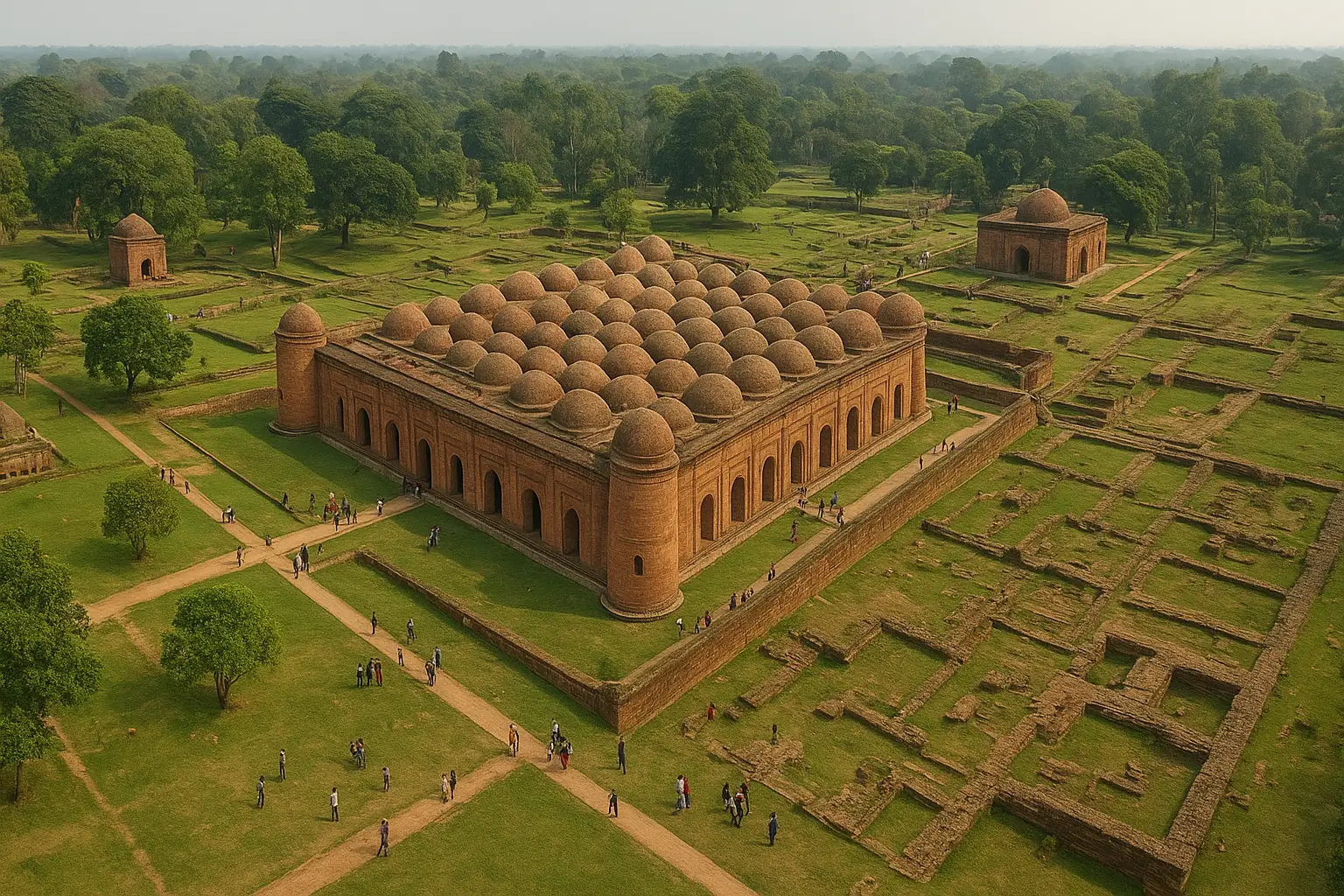
Conclusion: A Journey Worth Taking the Historical Tour to Bagerhat
Going on a historical tour to see Bagerhat gives you an unmatched experience to experience first–hand one of South Asia’s most significant Islamic heritage sites. For anyone with an interest in architecture, history, spirituality, or cultural exploration, Bagerhat offers a unique, multi-dimensional experience that you‘ll remember for years to come.
The combination of architectural excellence, historical significance and spiritual climate makes Bagerhat an essential destination for anyone looking to grasp the breadth and depth of Bangladesh’s cultural significance. So come and begin planning your UNESCO World Heritage experience and see for yourself why this unique site continues to captivate visitors year after year.
5 Frequently Asked Questions (FAQs)
Q1: How long does it take to explore the entire Bagerhat UNESCO World Heritage Site?
A: A total of 6-8 hours is a good amount of time to get to ALL of the major monuments at Bagerhat, including the Sixty Dome Mosque, Khan Jahan Ali’s tomb, and many other monuments. We‘d recommend setting aside a full–day just to visit the site to allow you to appreciate the site’s historical and architectural significance without making it a rushed experience.
Q2: What is the entry fee for visiting the Historical Tour to Bagerhat?
A: In Bagerhat, there is an entry fee of 300 BDT for foreign tourists and 30 BDT for domestic tourists to visit the site. There are also separate photography fees if you want to take pictures inside the monuments. Group rates for tourists in groups of 10 or more (including children) and student rates are also designated for foreign student visitors with proper student identification.
Q3: Are guided tours available at Bagerhat, and do I need to book in advance?
A: Yes, there are professional guides on–site to work with if you wish to hire one upon arrival. If you prefer to have the experience of a competent guide at your disposal, we recommend arranging your guided tours before your arrival (especially in the peak season of November to February) with Tours N Trips BD, in order to enjoy the experience of the tour in your preferred language.
Q4: What should I wear and bring when visiting Bagerhat?
A: Please wear comfortable walking shoes and modest clothing covering the shoulders and knees, as this is still an active religious site. Bring sunscreen, a hat, a water bottle, and a camera! The site requires some considerable walking breaks over uneven surfaces, so be sure to wear shoes with solid footing.
Q5: Can Bagerhat be visited as a day trip from Dhaka or Khulna?
A: Yes, Bagerhat can be visited as a day trip from both cities. From Dhaka, it’s a 4-5 hour journey each way, making it a long but feasible day trip. From Khulna, it’s much more convenient at just 1 hour away, making it perfect for a day excursion.


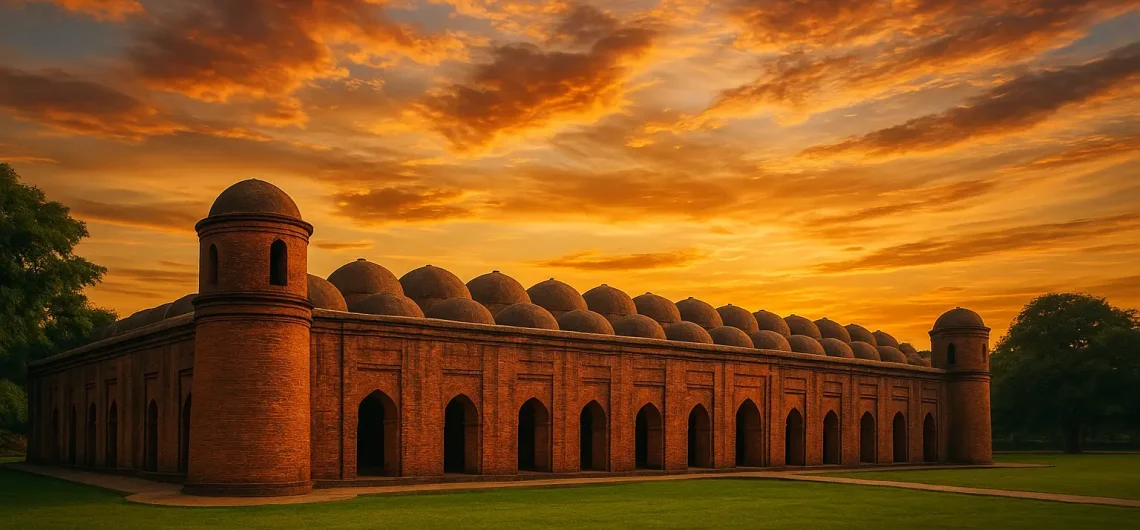
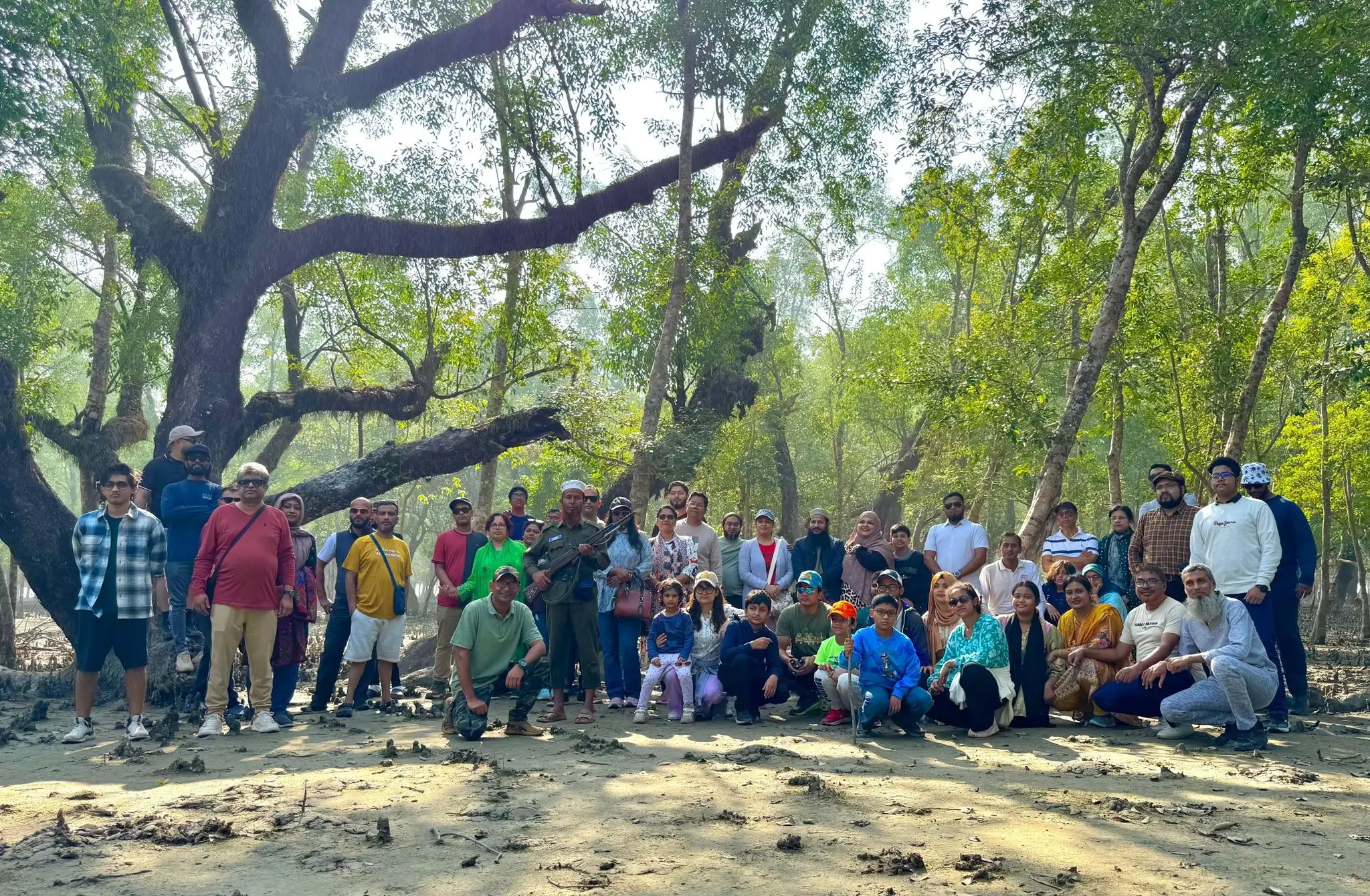
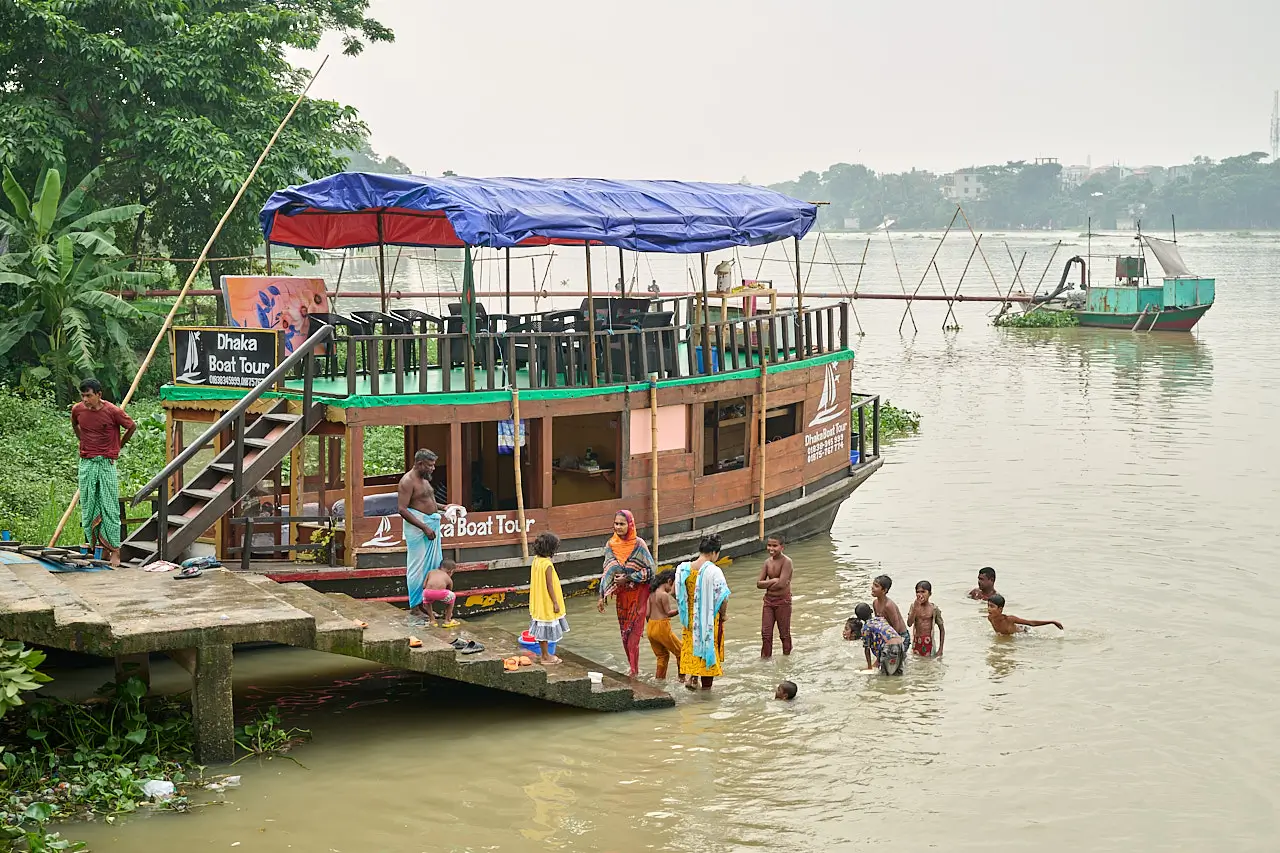
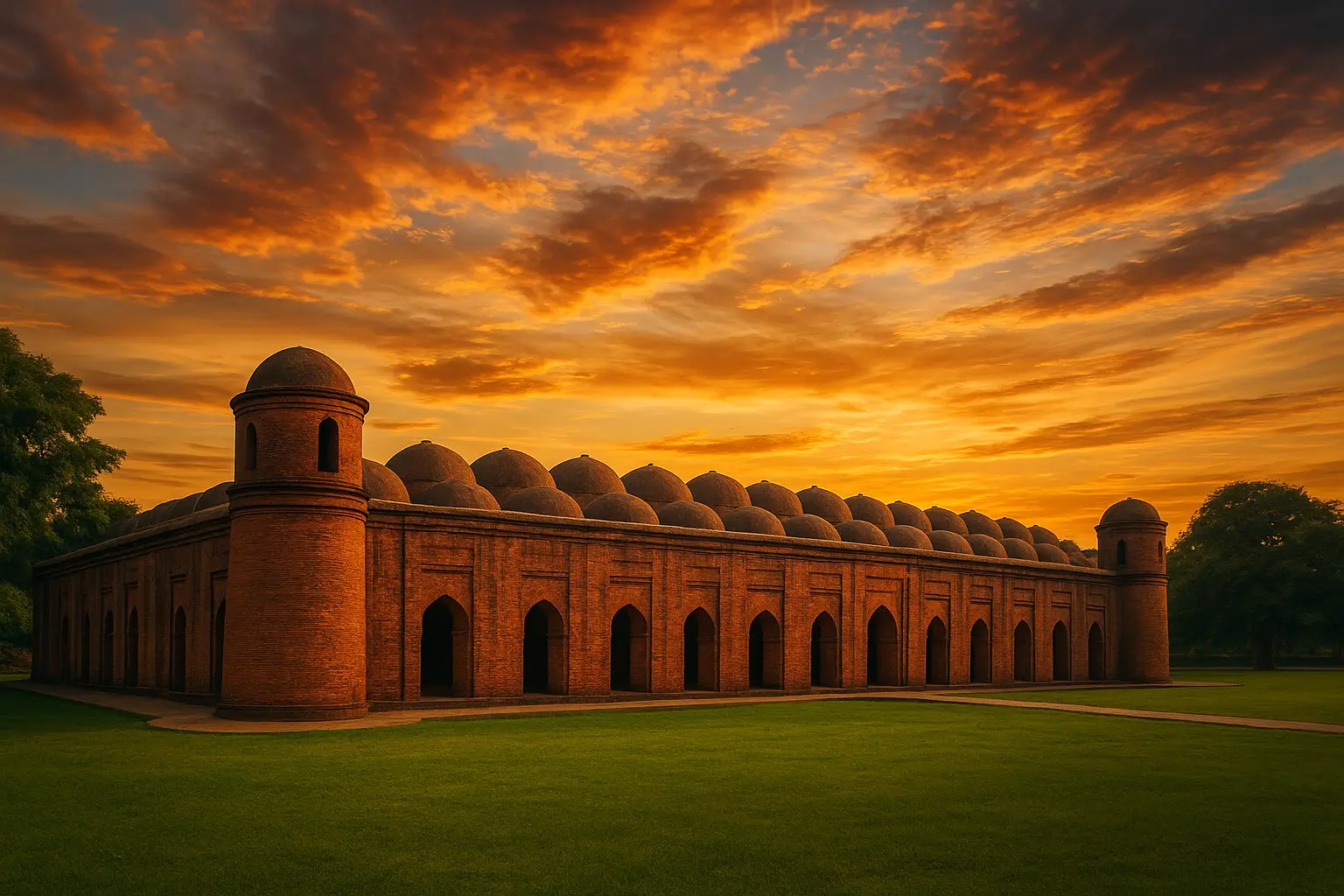
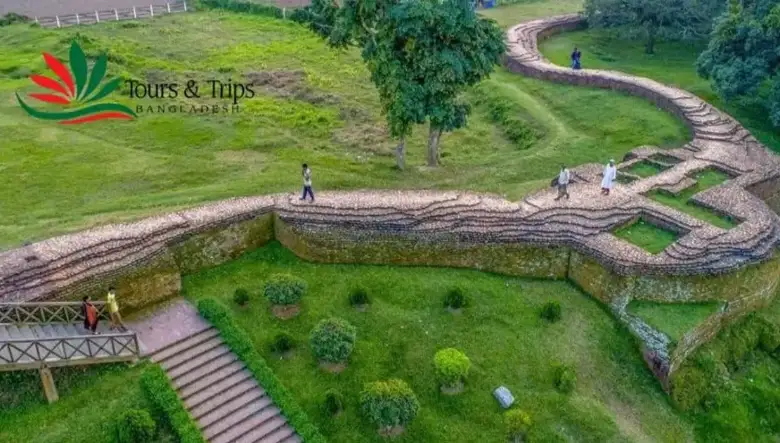




Comments